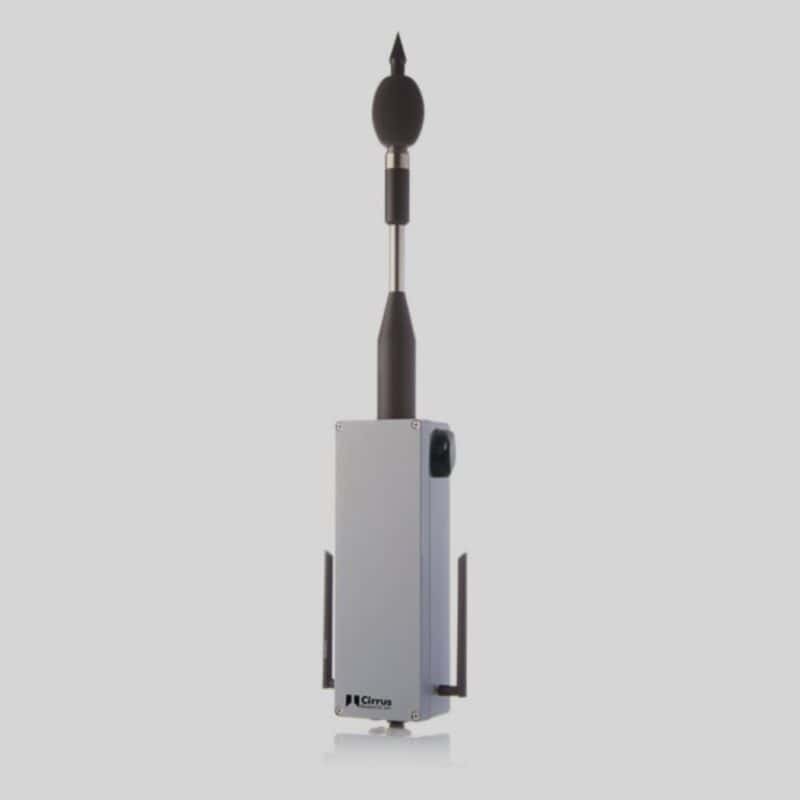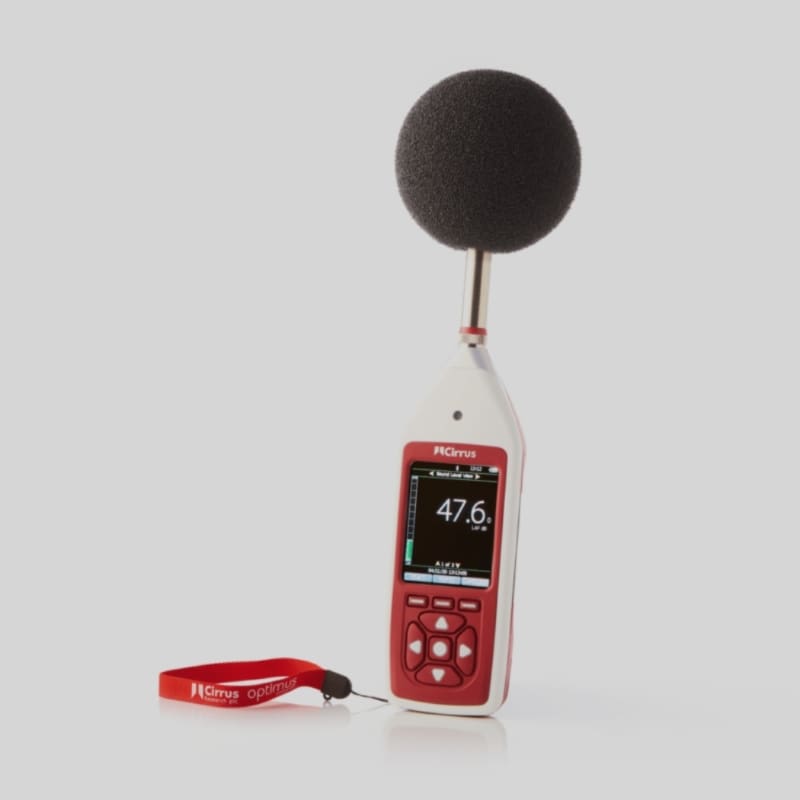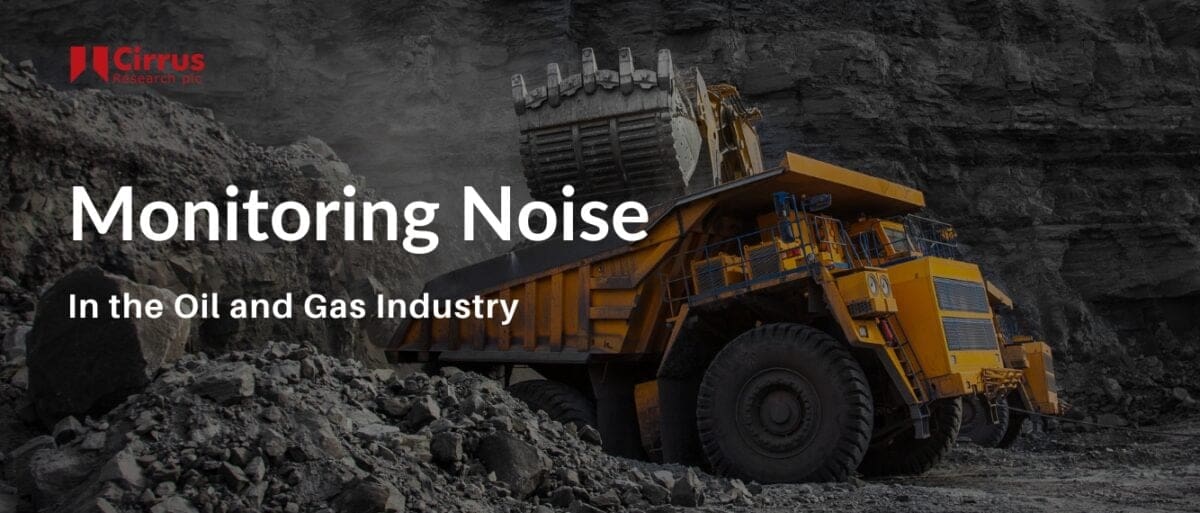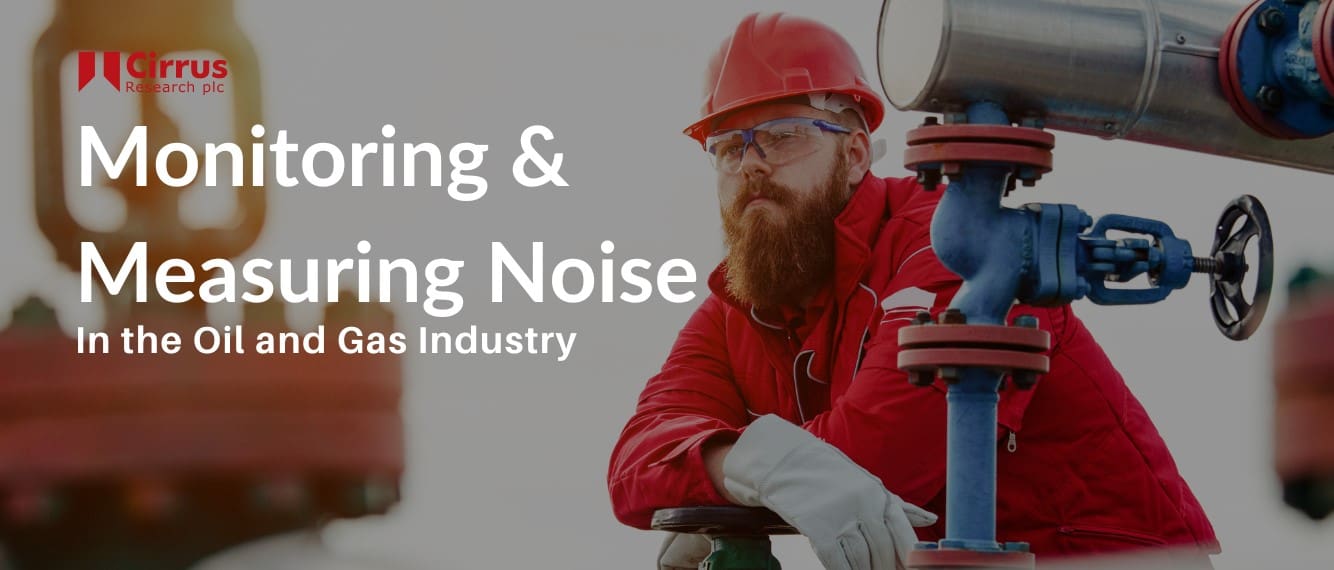The oil and gas industry is one of the most demanding and high-risk sectors globally. With operations ranging from exploration and extraction to refining and distribution, workers in this field are exposed to a variety of hazards. Among these risks, noise pollution is a significant concern that can have long-term health implications if not properly managed.
As a leader in the field of noise monitoring solutions, Cirrus Research has a long history of developing cutting-edge technology aimed at helping industries monitor and control noise levels. This article explores the importance of noise monitoring in the oil and gas industry, the challenges involved, and how Cirrus Research products can provide effective solutions to ensure compliance, improve safety, and protect worker health.
The Noise Problem in the Oil & Gas Sector
Noise pollution in the oil and gas sector is a significant occupational hazard. The sound generated by equipment such as compressors, pumps, turbines, and drilling rigs can exceed 100 decibels (dB) routinely, a level that, if unprotected, can lead to hearing damage after prolonged exposure. According to the World Health Organisation (WHO), regular exposure to noise levels about 85dB can cause irreversible hearing loss. In extreme cases, high noise levels can lead to health issues including stress, tinnitus, and even cardiovascular problems.
Offshore platforms, refineries and extraction sites are some of the noisiest work environments. Workers who spend extended periods of time in these environments are at high risk of experiencing hearing damage/loss. Despite the use of personal protective equipment (PPE), long-term exposure can still result in hearing degradation. Other than noise just affecting workers directly, it can also disrupt communication, reduce the ability to hear warning signals, and increase the likelihood of accidents, putting both individuals and overall operations at risk.
Regulations and Compliance
To mitigate these risks, there are strict regulations in place regarding noise exposure in the workplace. Agencies like Occupational Safety and Health Administration (OSHA) in the United States and the HSE in the UK, set clear limits on permissible noise exposure levels and mandate the use of hearing conservation programmes for workers at risk. These regulations typically require ongoing noise monitoring, risk assessments and the implementation of control measures.
For example, in the UK, under the Control of Noise at Work Regulations 2005, employers must assess and identify measures to mitigate noise exposure if it exceeds 85dB, providing hearing protection when necessary, and regularly monitoring noise levels to ensure compliance.
Failure to comply with regulations can result in significant penalties, lawsuits, and long-term reputational damage. More importantly, neglecting noise control can lead to deterioration in the health of the workforce, higher absenteeism, and decreased operational efficiency. Regular noise monitoring in the cornerstone of compliance, allowing companies to identify problem areas, evaluate the effectiveness of PPE, and ensure that mitigation strategies are properly implemented.
Challenges of Monitoring Noise in Oil & Gas Operations
The oil and gas industry presents unique challenges for noise monitoring compared to other industrial sectors. Operations often span large, complex facilities, and monitoring needs to be comprehensive and continuous. Remote locations, difficult terrain, and offshore environments add logistical hurdles.
Another consideration is that oil and gas operations are rather dynamic in nature. Noise levels can fluctuate due to changes in equipment usage, environmental factors, or operational phases. For example, drilling activities can generate high levels of noise during peak operations, while other processes may be quieter. This variability means that noise exposure monitoring systems must be flexible, adaptable, and capable of providing real-time data to identify and address emerging risks.
On oil & gas sites, it’s important to think about individual contractors, engineers and technicians who may rotate between different roles and sites, each with different noise exposure levels. This requires a comprehensive approach to ensure that workers are monitored individually and that noise control measures are site-specific and worker specific.
Cirrus Research: Delivering Solutions for Noise Monitoring in Oil & Gas
Cirrus Research has a range of solutions specifically designed to address the noise monitoring needs of industries like oil and gas. Our products are engineered to withstand the challenges of harsh environments, delivering accurate and reliable data even under extreme conditions.
Real-Time Monitoring
The Cirrus Research Optimus+ range of Sound Level Meters are perfect for providing real-time measurements across various points of an industrial site. These meters can log, analyse, and report noise levels instantly, allowing for immediate intervention if sound levels exceed regulatory limits. The Intrinsically Safe doseBadge is another essential tool for monitoring individual worker exposure, particularly useful in ensuring that contractors and employees working in high-risk areas are protected. This instrument is also certified for use in hazardous and explosive atmospheres.
Both devices are portable and rugged, making them ideal for deployment in the oil and gas industry. They’re equipped with all the features you need to track noise exposure over time and assess the efficacy of noise control measures.
Long-Term Monitoring and Reporting
For oil and gas operations, long-term monitoring is key to demonstrating compliance and optimising noise control strategies. Cirrus Research’s Quantum Outdoor is specifically designed to provide robust, continuous noise environmental monitoring in a variety of environment.
This instrument offers an all-in-one solution for remote, unattended noise monitoring. It is ideal for long-term deployment in both onshore and offshore locations, where environmental conditions can be harsh. Built for durability, this instrument ensures that it continues to deliver reliable data, even in the most demanding conditions.
Paired with the Cirrus Research cloud platform, MyCirrus, the system allows noise data to be accessed remotely, meaning noise levels can be monitored and managed from any location, regardless of where the equipment is deployed. This remote accessibility is particularly valuable for oil and gas operations spread over large areas or in isolated locations, allowing for efficient oversight without the need for physical presence on site.
Advanced Reporting and Analytics
Understanding and managing noise in complex operations require sophisticated analysis tools. Cirrus Research offers advanced reporting and analytics tools that provide in-depth insights into noise patterns. Our products come with software that simplifies compliance reporting, automatically generating the necessary documentation for audits or inspections. This ensures that oil and gas companies can maintain a complete and accurate noise exposure record, safeguarding both their workforce and their legal standing.
Customisation and Scalability
Every oil and gas site is different, and Cirrus Research understands the need for customisable noise monitoring solutions. Whether an operation requires extensive monitoring across multiple platforms or focused monitoring for specific processes, our products are designed to be scalable and adaptable. We work closely with industry leaders to ensure that our solutions meet the unique requirements of their operations.
Monitoring noise in the oil and gas industry is an essential aspect of workplace safety, compliance, and operational efficiency. Given the scale and complexity of these operations, comprehensive, real-time, and long-term monitoring solutions are necessary to protect workers from harmful noise exposure and ensure regulatory compliance.
Cirrus Research offers a range of state-of-the-art products designed to meet the specific noise monitoring needs of the oil and gas industry, helping companies mitigate risks and promote a safer working environment. By investing in reliable noise monitoring solutions, oil and gas operators can protect their workforce, maintain compliance, and enhance the overall productivity of their operations.
Instruments for Noise Monitoring in the Oil & Gas Industry

The Quantum Outdoor noise monitor is a fully automated cloud-based environmental monitor ideally suited for long-term remote measurements of various environmental conditions.

With intrinsically safe certification, the Intrinsically Safe doseBadge Noise Dosimeter is ideal for monitoring personal noise exposure in hazardous zones and explosive atmospheres.

Available as a Class 1 or Class 2 instrument, the Optimus+ Industrial integrating sound level meter is ideal for occupational noise exposure assessments in the workplace.



